Train Control Systems Inc with John Forsythe
Friday clinic: Get to know WOWsound, why it is the best
We will review the main features that set WOW sound apart from the competition and review some really neat features you may not know about by John Forsythe owner of Train Control Systems Inc
Saturday clinic: WOWkits make sound installation easy
Follow along as we show you step by step how easy it is to install WOW sound in your loco using a WOWkit!
We will also review some important features of WOWsound.
by John Forsythe owner of Train Control Systems Inc.
Friday & Saturday mini one-on-one sound decoder installation clinics (sign up required)
TCS is also taking sign-ups to install their decoder in YOUR DIESEL locomotive as mini one-on-one clinics. To take advantage of this amazing opportunity, go HERE to sign up to have TCS install a decoder in your diesel locomotive. Link takes you to a registration form on the TCS website.
Model Railroader Editor Eric White
The clinic will provide a look at some of our project layouts past,
present and future, and share some behind-the-scenes information about
putting the magazine together.
Tony Koester
Creative Structure Kitbashing
Model Railroader contributing editor Tony Koester will explain when to, and when not to, kitbash key structures. He will offer modeling tips such as how to identify candidates for specific kitbashing projects. (Hint: Don't read the label on the box!)
Macro and Micro Operations
Model Railroad Planning editor Tony Koester will discuss both the "macro" (train movements, primarily using timetable and train-order rules) and "micro" (individual freight car movements using realistic-format waybills) aspects of realistic operation.
Miles Hale
LED Lighting
Learn how to use LED’s for lighting buildings, locomotives, and rolling stock. The basics of how to make it happen will be presented along with the Woodland Scenics Just Plug system.
Miles Hale--Hands On
Using
Sketch Up to Create Drawings for 3D Modeling
You will learn how to draw model railroad parts in 3-D so that the parts
can be ready for printing. All students should download and install the
latest version of Sketch Up on their PC or MAC before coming to class.
You’ll find the latest version HERE.
Please bring your computer with this version loaded and you’ll be drawing parts in the first 5 minutes! Sketch Up is a free program to download.
Having Sketch Up installed on the computer you bring to this clinic is not required for attending, but you'll get a lot more out of the clinic if you do the install!
Fran Hale/Miles Hale--Hands On
Creating Landscaping
Learn a simple method of creating land forms on your layout or module and covering them to form a hard plaster shell. Attach a rock casting to your mountain. Then we move on to add the green stuff and more to your layout. We will color rocks, create grass, weeds, bushes, and trees to create Mother Nature’s realism on your railroad.
Dr. Gerry Albers
DCC: Things I wish People Had Told Me
AC/DC/DCC: Things I Wish Someone Had Told me
This thorough, practical, DCC discussion provides the modeler with a
guide for DCC “best practices” including selecting wire, incorporating
DCC components, suggestions for tools, establishing a detailed
documentation system, and preparing for signals. A brief discussion of
DC and AC technology at the start lays the foundation for discussing DCC
systems.
Giving your Layout Purpose & Meaning
When building a model railroad, what elements can attract and keep your
interest (and that of your friends) over 10, 20 or 30 years? In this
clinic, Gerry Albers discusses the thought and planning that went into
designing and building his Deepwater District, a rather large HO
railroad that was featured in Great Models Railroads 2014. On this
railroad, the VGN, C&O, N&W, NYC and V&O compete (and cooperate) in
southern West Virginia. However, he also discusses how you can generate
interest on a simple loop of track.
Dick Briggs
Ride Along on the Alaska Railroad
See the magnificent scenery and wildlife as we travel by rail from Fairbanks to Anchorage with a side trip to Seward while traveling on the AAR Goldstar passenger trains. Lots of pictures of equipment, structures, and critters seen along our journey
Dick Briggs
ABC’s of the Achievement Program
Join in on a discussion about the NMRA’s Achievement Program. Learn about the history and the much dreaded paperwork with some of its mysteries unlocked. There will be examples, tips, and thoughts on some of the categories.
Charlie Buccola
Research for the Model Railroader
We will explore a variety of the resources available for researching railroad and related modeling topics. Whether looking for hard data or inspirations for a modeling project or perhaps more information about a favorite prototype, an abundance of possible sources is available to you.
John Campbell
Building Without Plans; How to estimate building dimensions
Measuring & Estimating for Modeling Building Structures. John will show
easy ways to go from a picture, or a real building and scale it to your
layout.
Randy Coffman
So You Want Square Corners
Learn how to get those corners square using basic tools and some special clamps.
Bruce DeMaeyer
How do I keep my Layout Clean
Everyone has a favorite method of keeping the tracks, wheel sets and turnouts clean. This clinic highlights some of the most popular (and unpopular) methods of accomplishing the task. It covers the engineering, chemical and atmospheric causes. It then goes into how to fix remedies in a fun and interactive way
Route and Speed Signaling
To really be able to declare a layout as a modern prototype, the modeler should deploy a signaling system. This clinic explores the fundamentals of signaling for the two basic forms of railroad signaling, Route Signaling (used in interlocking) and Speed Signaling (used in sections between interlocking). I use my layout to describe the use of these two systems and briefly discuss the implementation plan.
Phil Gliebe
A Kaleidoscope of Hacks, Crummies, Way Cars, Bobbers and Cabooses I’ve built
Over the years, I have built a variety of “caboose” type cars, both
narrow gauge and standard gauge, and in both HO and O scale. They range
from “as-is” kits with a bit of detailing, to extensive kit-bashing, and
at least one totally scratch-built car. This clinic summarizes these
projects with an emphasis on the techniques employed for building each
one, with the hope that the material may be useful for other car
applications, and even inspirational to the attendees.
Tom Guenthner & Fred Soward
Operations on Tom Guenthner's L&N Railroad
Tom & Fred begin with a description of Tom's HO scale layout, a 1960-1970 era Louisville & Nashville representation of the Cumberland Valley Division. They'll show you the paperwork used to make it go and show how dispatching is managed using JMRI software and an Apple computer server. You'll be immersed with a slide show that includes graphics, photographs, and video to tell the story about moving freight across the railroad from Three Point to Appalachia and return with multiple stops in between. . .
Kevin Jones
Modeling With the Cricut Explore
Introduction to the Provocraft Cricut Explore cutting machines and its
application to Model Railroad projects. Topics covered will include:
machine theory of operation, software and hardware, accessories,
project workflow, example projects, helpful hits, machine limitations,
and advance techniques. A live demo of the Circuit Explore machine
will be attempted.
Bruce Knapp and Frank Bongiovanni
Lemon-Aid
Bruce Knapp and Frank Bongiovanni lead a discussion of model locomotive
performance. They will be discussing repairs(including getting that
expensive piece of brass to run in the first place), tuning, tweaking,
can-motoring, and DCC. Emphasis starts on brass steam, but they (and
the audience)can discuss diesels, plastic, and die-cast. This clinic is
participant driven, and essentially they'll "go where the audience takes
them".
Motive Power Neapolitan:
A comparison and contrast of the motive power of the three Pochahontas
railroads (C&O, N&W, and VGN). The presentation includes steam, diesel,
electrics, and available(current and past)models.
Bob Kuchler
Bottle Brush Trees
Making tress with rope fibers.
Quick Backdrops
Easy backdrops painted with acrylics.
John Logsdon
Things to Know Before You ride Amtrak
Learn to find the most scenic routes, best fares, accommodations, and much more from John Logsdon who has traveled over 10,000 miles on Amtrak.
Terry Luginbuhi
Basic Decoder Installation
Fundamental decoder architecture and wiring. A look at DC locomotives
and how to determine where isolation is required and what to connect
when installing the decoder. Basic principles for DCC functions and how
to connect them also. Photo examples of “plug and play”, and hardwired,
installations. If you’re hesitant to try your first decoder install,
sign up, and bring your questions.
Sound Install for Diesels
Step by step sound installation in a diesel locomotive, illustrating some hints and techniques I have used to plan, select components, and then, FIT it ALL into the locomotive. For this install I use an Atlas Silver Series HH600 Switcher. Additional photo examples of previous installs. If you’re hesitant to try your first sound decoder install, sign up, and bring your questions.
Sound Install for Steam
Step by step sound installation in a steam locomotive, illustrating some
hints and techniques I have used to plan, select components, and then,
FIT it ALL into the locomotive. For this install I use a Bachmann 4-8-4
with a Vanderbilt Tender. Additional photo examples of previous
installs. If you’re hesitant to try your first sound decoder install,
sign up, and bring your questions.
Ron Morgan
Modeling the Walthers Ethanol Plan “Sounds Corny to Me”
This clinic will discuss the history of ethanol, the processes involved to produce ethanol, the purpose of each structure in the Walters Ethanol Plant series, the services the railroads provide, the space requirements for the ethanolplant, the equipment requirements, and the cost involved to have this complex on your railroad. The Walther’s Ethanol Plant can be an impressive addition to any home or club layout.
Mark Norman
Your Printer as a Modeling Tool
This clinic will demonstrate how to use a home or office printer to print on fabric and styrene and also how to make decals. Each participant will receive a scale, fabric American flag for their layout. Have you ever given thought to what the best material might be to model fabric? Guess what? It’s fabric! In the clinic we will look at suitable materials and how to print on them without destroying the printer. The result will be far more realistic flags, banners, curtains, etc. Even waving flags can be formed. Moving on to styrene, this too can be printed on as will be demonstrated. Realistic marble flooring or other material is possible. Next in the line-up we will cover making your own decals. This is particularly helpful if you your own road name or model unusual equipment.
Building Railroad Cars – a Structured Approach
Whether you strive to earn Master Builder – Cars or simply want to build better cars, this clinic is for you. Perhaps you have heard the expression “plan the work, then work the plan”, except in this instance, the work is fun. Many modelers enjoy building structures and are quite good at it. Fewer can say this about railcars. Perhaps it’s because we live and work in structures but not in railcars. Sitting at the workbench, I too suffered from ‘modeler’s block.' The breakthrough was writing down the plan; which will be shared. The plan is a general purpose guide that has made this modeler’s life easier and the cars more prototypical.
Salt Weathering
This clinic will demonstrate a weathering technique that is inexpensive and highly effective. Each participant will receive materials to help them get started. Freight cars, especially gondolas, bear the brunt of all the railroads, shippers, and consignees can throw at them. Within days of leaving the factory they are scarred and bruised. We will explore achieving this appearance for our scale cars; any kind of heavily weathered car. This technique hits the trifecta – low cost, good results, simple. Moreover, it’s rather fun.
Ed Swain
Design Considerations for Engine Facilities
Reviews elements to consider while designing an engine facility for a layout, both large and small. Then Ed shows how he incorporated those elements into his transition era facility.
Building from a Drawing in Styrene
Ed will pass around a PRR drawing of an electric engine servicing sand tower/platform. He will then show how working from the drawing he built the facility in HO using styrene. The techniques covered can be used for any structure.
Sam Swanson
Building Reed Brothers Boatworks
Scratchbuilding with scale lumber and illuminating detailed interior areas with small LED lights are the primary topics covered in this clinic. Developing a mockup and construction sketches from prototype photos, weathering wood with ink stains and acrylic paint, and fabricating details from wood, styrene, and cardstock will also be presented.
Mont Switzer
Forty Foot Boxcars of the Monon Railroad
Indiana's own Monon Railroad rostered a mere 1,395 forty foot boxcars of
3 distinct designs: AAR 1937, pre-PS-1, and PS-1, all from a single
manufacturer. Delivered between 1941 and 1957, each new series had its
own distinct “as built” paint and lettering scheme. Over time each
series of cars received modifications, upgrades, and the railroad's
"signature" or "standard" paint and lettering. Two series were rebuilt
prior to the Monon/L&N merger in 1971 which ended it all. Come see
which HO scale Monon model best represents your modeling location and
era.
Rick Tipton
Trackside around Louisville in the Fifties
Between 1946 and 1998, the late Jack Fravert, a photography
professional, took 40,000 color slides of railroading in Louisville.
This clinic is a small slice of that work from the 1950’s – looking at
the L&N, the C&O, the Pennsy, the NYC, the B&O, the Southern, the Monon,
and the Illinois Central as they were – and as steam disappeared here.
Jack was from an L&N family, and so we get inside the grounds of South
Louisville Shops and engine facilities. Get a feel for long-ago
Louisville as a railroad town, and the Falls City as a meeting place of
northern and southern railroad systems.
The Pennsy in Louisville
What happens to a Northeastern trunk line when it crosses into the
South? The Pennsy line south from Indianapolis had terminal facilities
on both the Indiana and Kentucky sides of the Ohio River, with 4 miles
of track “in Dixie”. Rick Tipton takes a look at PRR steam and diesel
in the Louisville area, along with Derby trains, distinctive industries,
and interchanges. It’s arguable that PRR’s most profitable customers
may have been an amazing strip of bourbon distilleries and cigarette
factories from 14th to 28th Streets.
Peter Weiglin
Railroad Dining Services & Fred Harvey
Eating as a part of train travel has ranged from barely edible to sumptuous. This clinic shows the development of railroad food service operations, with some thoughts on incorporating this
operational element into your railroad.
Bob Weinheimer MMR
What If the Worst Happens?
What would happen if the worst happened to your railroad or other
modeling items? It could be a fire, a burglary, or even a natural
disaster. This clinic will discuss ways to document your holdings for
insurance purposes and ways to ensure that the documentation doesn’t get
destroyed as well. This can apply equally well to the entire contents
of your home, it’s not just for the model trains.
Evolution of an Operating Scheme
Any large model railroad that has been around for many years has almost
certainly seen improvements made to it over time. If the railroad owner
enjoys operation, the operating scheme has likely evolved as well. This
clinic looks at how the author’s Pennsylvania Southern has lived through
two moves, new ways of doing things, and what the driving forces for
changes have been. The availability of new structures, new cars, new
motive power, and the suggestions of crew members have all played roles
in this evolution.
Steve Zapatowski
Building a Better Business Car
Have you ever built the same kit twice…more than 45 years apart? In late 2014 I built a business car from a craftsman kit which took First Place for Passenger Cars at the 2015 Mid-Central Region convention. A few weeks later I found a box with the same car in it that I’d built during my high school years. This clinic focuses on the techniques I used in building and finishing the 2015 kit. However, it also compares and contrasts my understanding of modeling over the intervening years, the idiosyncrasies of the kit, and how that kit changed over the decades since I first built it.
Judging the Mid-Central Region Model Contest
This clinic explores the process and philosophy behind the judging of models for the Mid-Central Region Model Contest. It examines each of the five required areas of evaluation; Construction, Detail, Conformity, Finish and Lettering, and Scratch Building. The judging matrix is described and the manner of awarding points is discussed. Also offered is a strategy for efficient judging. This clinic is different than the one offered in previous years and is strongly recommended for past judges as well as those who wish to judge for the first time.
Scratch Building in Brass
While perhaps not the wisest of decisions, I choose to scratch build a two-truck Shay using primarily brass in early 2015. This was meant to replace my old Shay #6, an ancient United Shay purchased on EBay. While I added a number of super detail parts to this unfortunate model it never ran at all. Not wanting to give up on #6 it seemed that building a new Shay would be a way to get that road number back on my roster. Though I have a background in metal working, only a few of the processes I’d formerly employed with steel and aluminum transferred to building a brass model. I needed to develop a number of methods for building with brass during this project. While the bulk of this clinic focuses on soldering, forming and rolling brass parts, and adding super detail parts I will also discuss the use of other materials and processes. These include polystyrene, laser cut components, and 3D printed super detail parts. While polystyrene strips count as a basic material, I did all the CAD work and file preparation for the laser cut and 3D printed parts, thus qualifying them as scratch built items.
Kitbashing MDC-Roundhouse Old Time Passenger Cars into “Something Else”
The series of MDC-Roundhouse kits for Overton passenger cars and old
time cabooses provides “building blocks” for constructing one-of-a-kind
cars and motive power. Although these kits are no longer in production,
they can be found at train shows at reasonable prices. This clinic
summarizes some of the unique cars (and motive power) that I have built
using the MDC kit parts as a basis. This clinic was presented at the
MCR convention several years ago, but new material has been added since
then.
More info to come.....
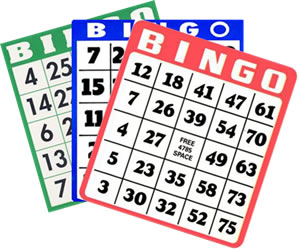
Meet & Greet - Be ready to renew friendships and make new ones. A fun game of Bingo along with fun prizes.
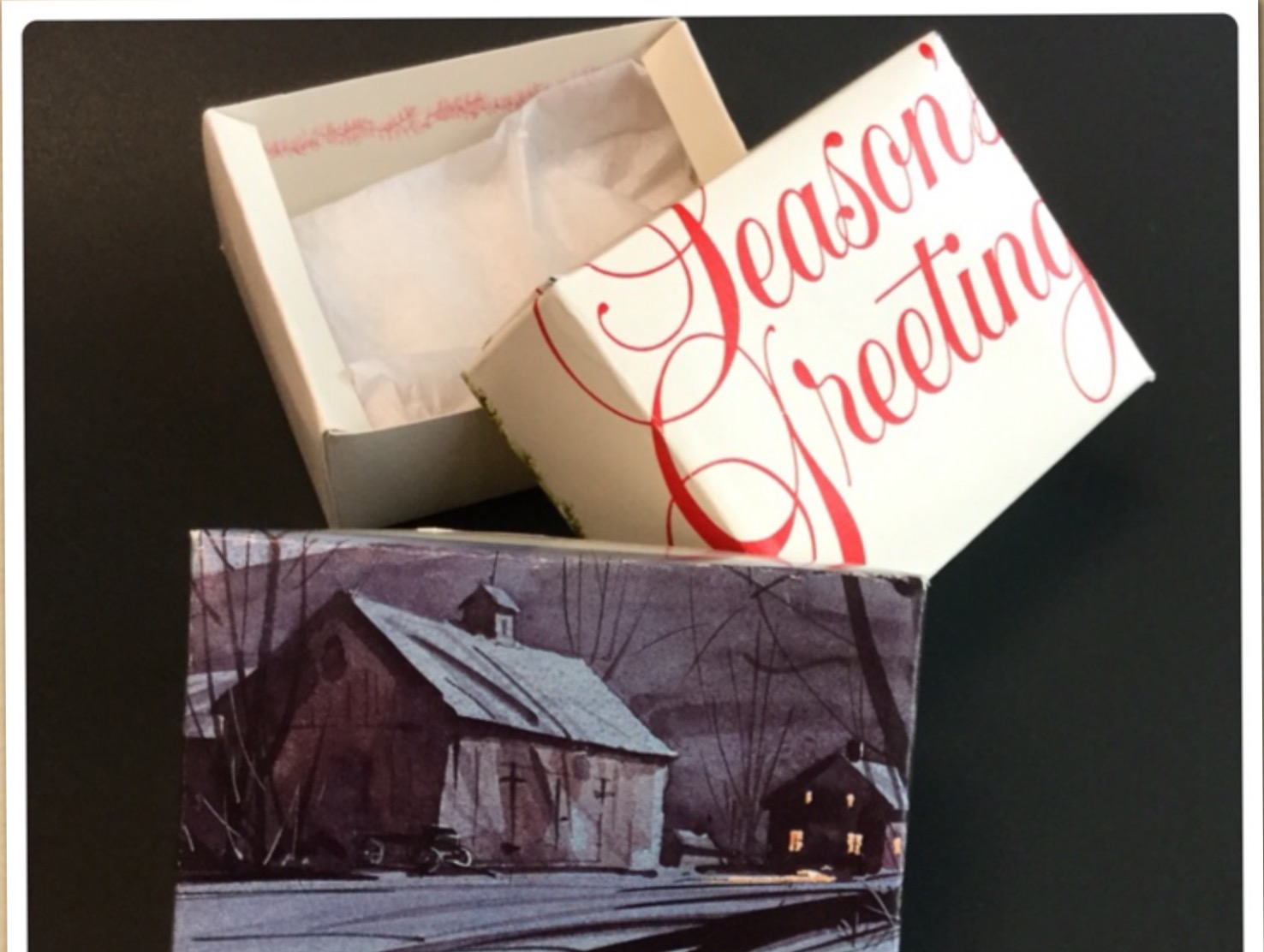
Have you ever needed a small gift box and no time to shop? You will learn how to make one that is quick,
easy and inexpensive. No Cost Supplies will be provided.
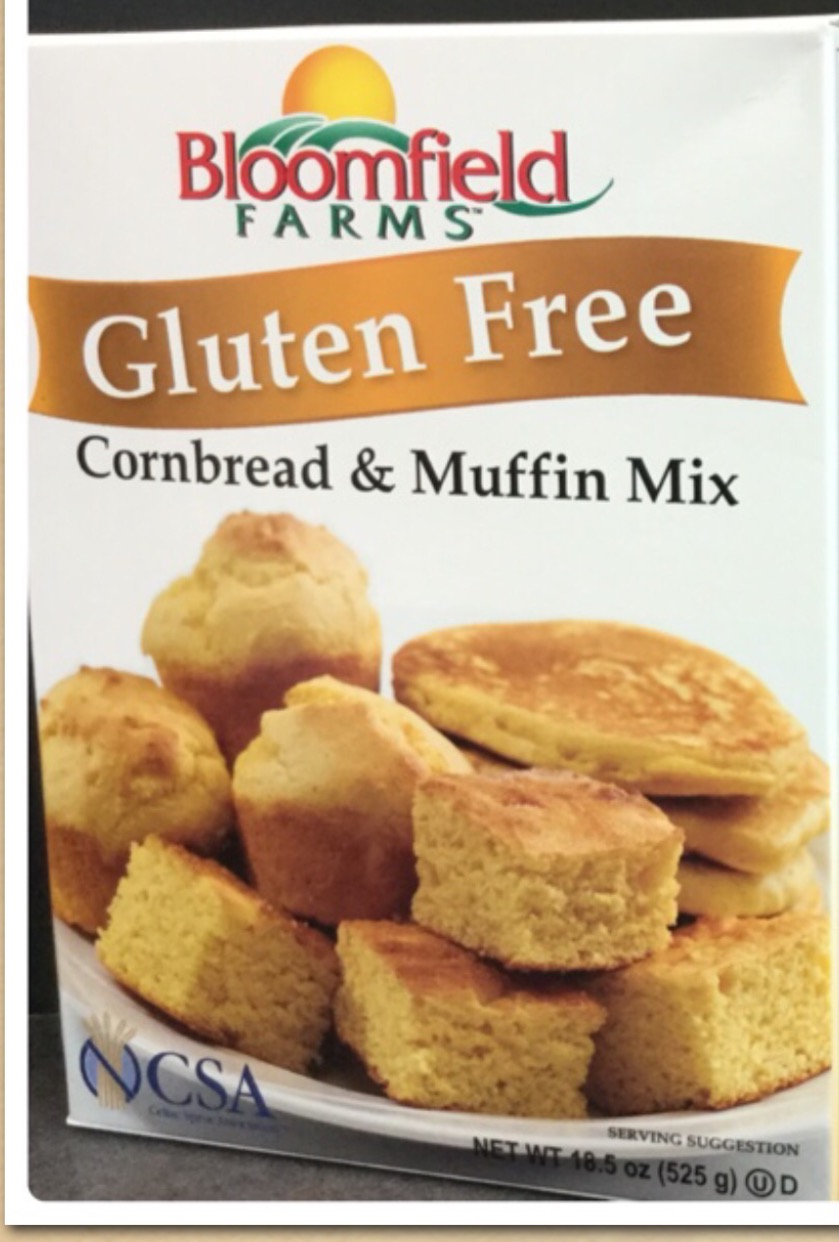
We are hearing the term "gluten-free" more and more in our society. A representative of Bloomfield Farms will speak to us regarding the gluten-free products and the benefits of these foods especially those who may be gluten sensitive. No Cost Supplies will be provided.
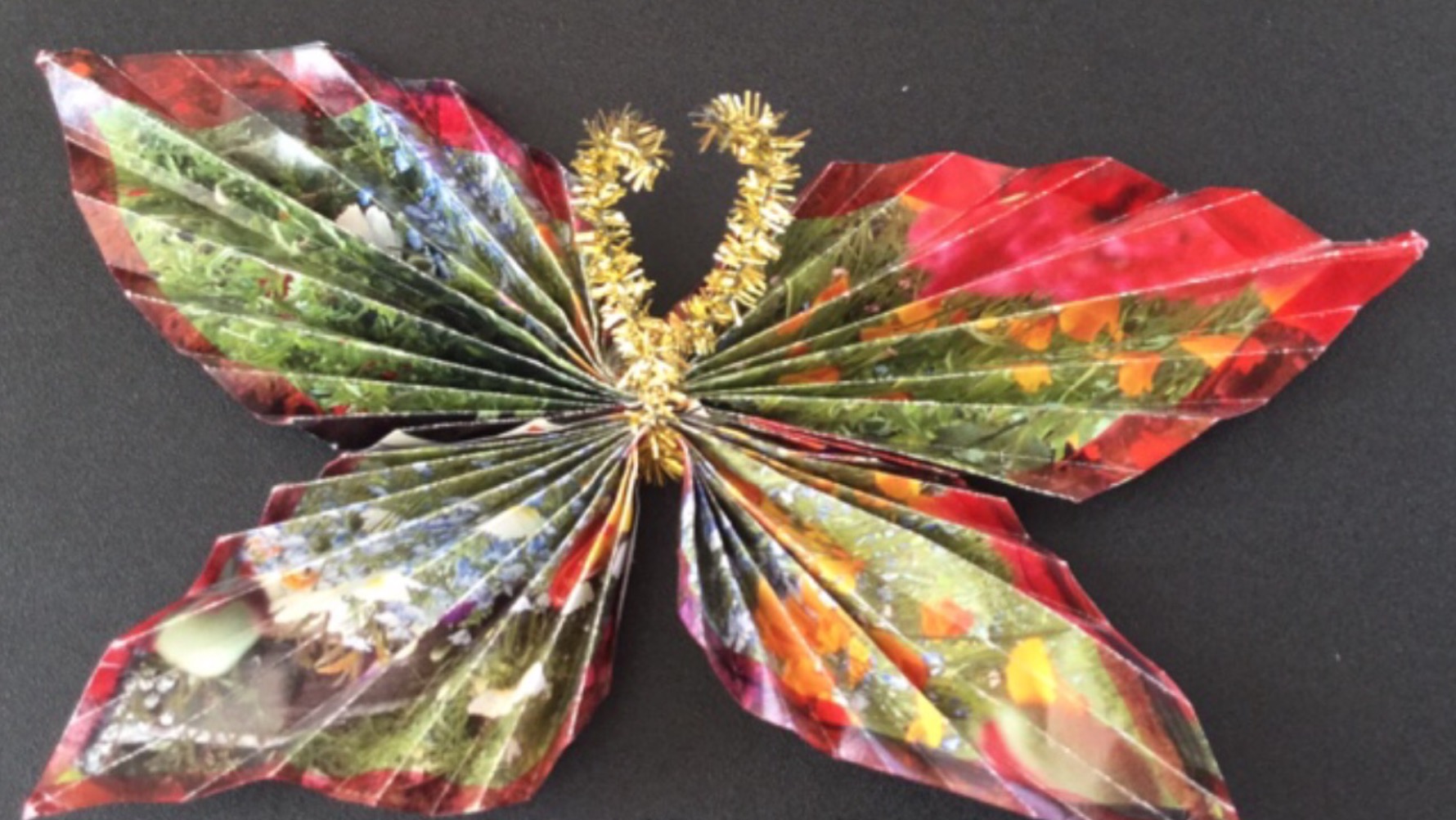
Learn to make a beautiful origami butterfly that can be used in any decor easy and inexpensive. No Cost Supplies will be provided.
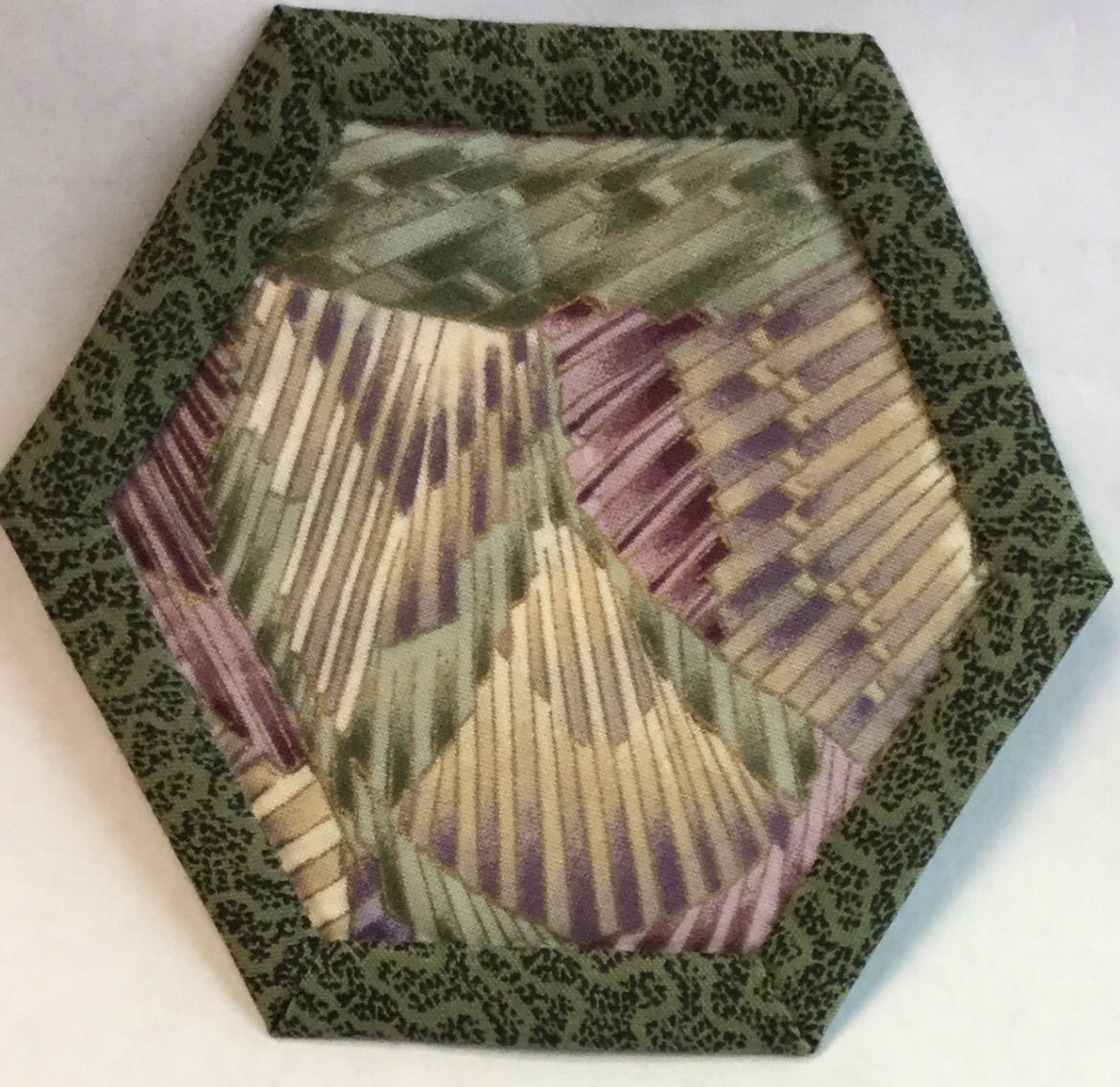
Have you ever had guest and run out of coasters for their drinks? These coaster/hot pads are easy to make with only minimal skills required. No Cost Supplies will be provided.
See the Clinic Schedule for Date, Times & Locations